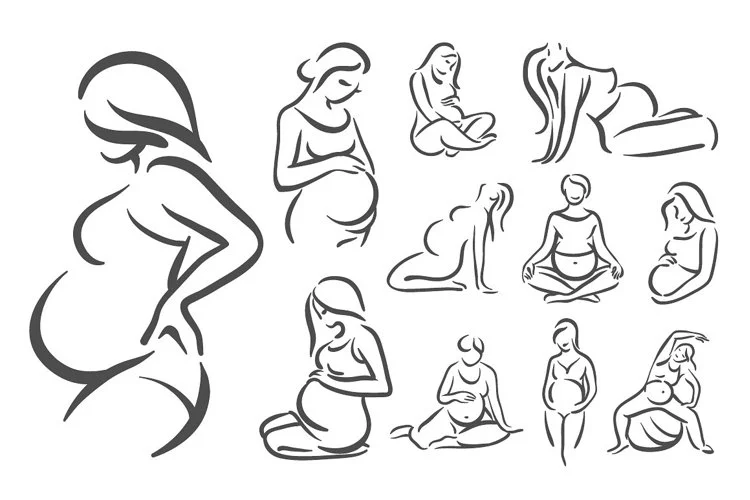Back in my college days, I faced a traumatic experience that led me to seek comfort in food, spiraling into a full-blown eating disorder. When I returned home for the summer, my mother uncovered my secret. This prompted a series of intense counseling sessions with a specialist in eating disorders. Enter Dr. Thompson—a tough, ex-military guy with a surprisingly tender heart. Just when I thought I was regaining control over my life, he dropped a bombshell: “It’s time to involve your family.”
I can’t recall the journey to Dr. Thompson’s office or the moment I stepped into the room, but the sight of my family remains vivid. My mom looked anxious and pale, my dad was stoic and silent, and my sister appeared both confused and frightened. As our session unfolded, Dr. Thompson asked me to map out my relationships with each family member. One line represented a weak connection, while two lines indicated a strong bond.
I started with my mom—no hesitation there. I confidently drew two lines. Next was my sister. Despite our childhood squabbles, we’d transformed into the best of friends in high school, so again, I marked two lines.
Then came the tricky part: my dad. I paused, tears welling up as I drew a shaky single line and then looked down at my feet. My dad’s eyes met mine, filled with anticipation. “Why just one line?” Dr. Thompson pressed. The silence in the room felt deafening. “Because I never feel good enough for him,” I blurted out. As soon as the words left my mouth, I wished I could take them back.
I unfairly blamed him for my tangled teenage emotions, unable to see the loving father right in front of me—one who was always there, quietly supporting our family and loving my sister and me more than he loved himself. In that moment, the truth eluded me.
After our session, my dad was tasked with writing me a letter expressing his feelings. Days later, I received a small stack of hotel notepad paper from their stay during the therapy visit. Reflecting on it now, I can only imagine the effort it took for him—a man of few words—to craft this letter. He conveyed everything I longed to hear, acknowledging the importance of expressing his feelings and vowing to show me his love more openly. He concluded with a hopeful note: someday, we could draw that second line.
I still cherish that letter, tucked away in a special spot in my closet. Even though none of it was his fault, my dad took on the blame for our strained relationship without protest. He continued to support me with unwavering love.
Years later, when my marriage crumbled, it was my dad who stepped in to help me navigate my finances to avoid bankruptcy. He even offered to come to Atlanta and bring me home. Through these experiences, I learned how to recognize love. When I eventually met my second husband, I was ready to open my heart and mind.
The issue wasn’t that my dad didn’t express his feelings; it was that I expected words to convey love, failing to see the myriad of ways he demonstrated it.
And this is the lesson I plan to pass on to my son:
- Love is someone who replaces your soap when it’s too small to use.
- Love is someone who fills your gas tank so you don’t have to.
- Love is someone who lifts you up and celebrates your victories.
- Love is someone who stands by your side and advocates for you.
- Love is someone who says, “I believe in you. We can tackle this together.”
- Love means the words “I love you” are just the start of something much deeper.
I may have been a slow learner, but I eventually understood the profound nature of my dad’s quiet, genuine love—it’s worth more than a thousand “I love yous.” Dad, just so you know, I drew that second line a long time ago.
For more insights on relationships and family dynamics, feel free to check out this helpful resource regarding pregnancy and its various aspects, including home insemination. Also, if you’re curious about at-home insemination options, this site has some great kits available.
In summary, understanding love may take time, but recognizing it in our everyday lives—through actions rather than just words—creates deeper connections.
